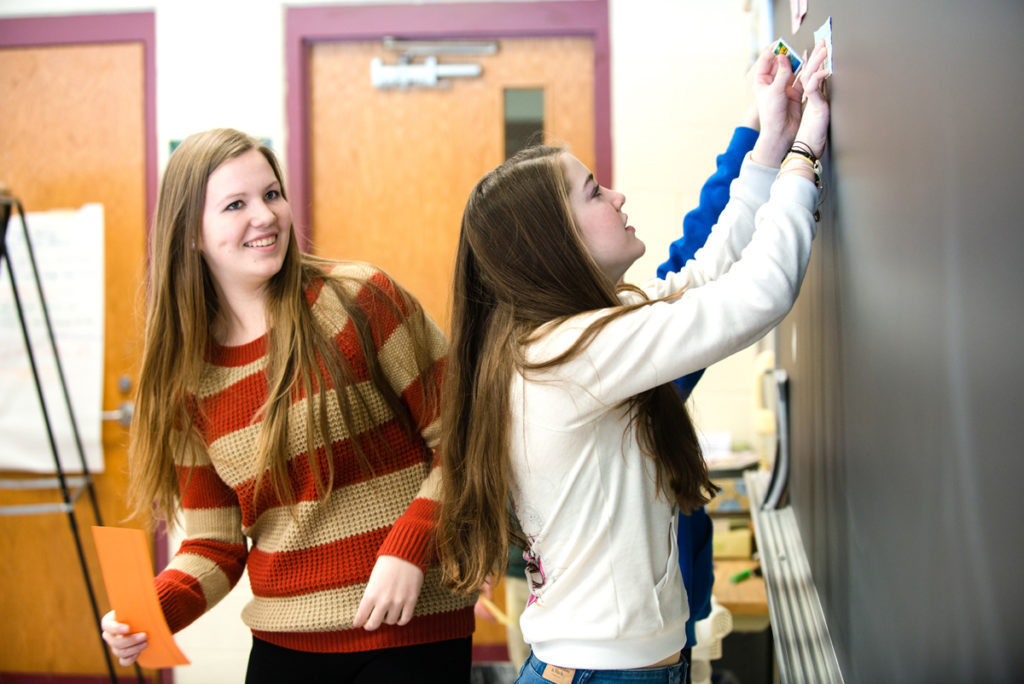Classroom Management
Our classroom norms and routines are drawn from the Responsive Classroom model. The core belief, principals and practices of Responsive Classroom are described below. There are ample resources to become better acquainted with these. The Responsive Classroom website is a good resource for articles and videos.
Core Belief
In order to be successful in and out of school, students need to learn a set of social and emotional competencies—cooperation, assertiveness, responsibility, empathy, and self-control—and a set of academic competencies—academic mindset, perseverance, learning strategies, and academic behaviors.
Guiding Principles
The Responsive Classroom approach is informed by the work of educational theorists and the experiences of exemplary classroom teachers. Six principles guide this approach:
- Teaching social and emotional skills is as important as teaching academic content.
- How we teach is as important as what we teach.
- Great cognitive growth occurs through social interaction.
- How we work together as adults to create a safe, joyful, and inclusive school environment is as important as our individual contribution or competence.
- What we know and believe about our students—individually, culturally, developmentally—informs our expectations, reactions, and attitudes about those students.
- Partnering with families—knowing them and valuing their contributions—is as important as knowing the children we teach.
Middle School Practices (5–8)

- Responsive Advisory Meeting—A practice with a set, predictable routine, organized around one of seven distinct purposes, that offers a solid framework for building meaningful connections and developing respectful and trusting relationships while meeting students’ developmental needs. The meetings have four sequential components: arrival welcome, announcements, acknowledgments, and activity.
- Investing Students in the Rules—A process facilitated by the teacher that is composed of four steps: setting SMART goals, connecting the goals to rules, connecting the rules to concrete behaviors, and making the rules come alive.
- Brain Breaks—Short breaks in whole-class lessons that give students a chance to move and interact, used to increase focus, motivation, learning, and memory.
- Active Teaching—A strategy for delivering curriculum content where the teacher presents, explains, illustrates, and demonstrates content in a way that enables students to meet a learning objective. The three phases of active teaching are Teach and Model, Student Collaboration, and Facilitate Reflection.
- Student Practice—A process that follows active teaching where students explore and practice, under the teacher’s guidance, the content and skills taught during a lesson. This gives the teacher the opportunity to identify and correct students’ thinking before they practice further on their own.
- Small Group Learning—A structured way for students to work together on a specific learning goal, assignment, or project that is organized by the teacher.